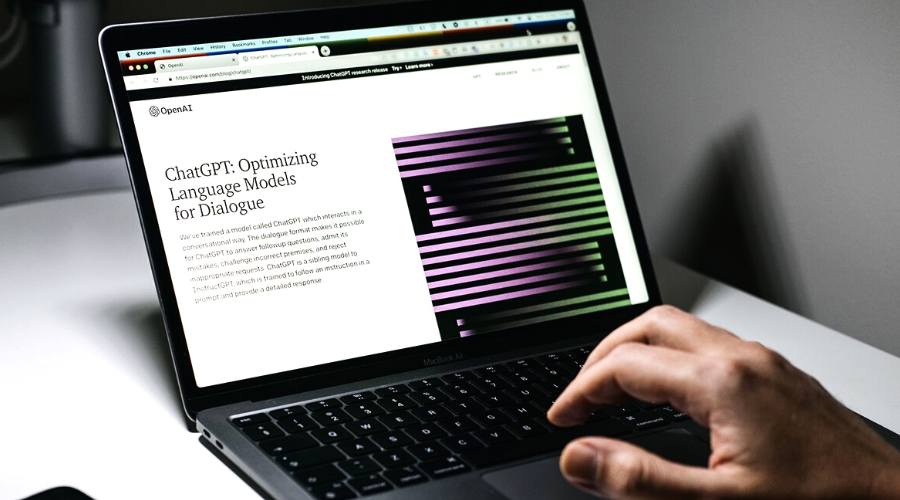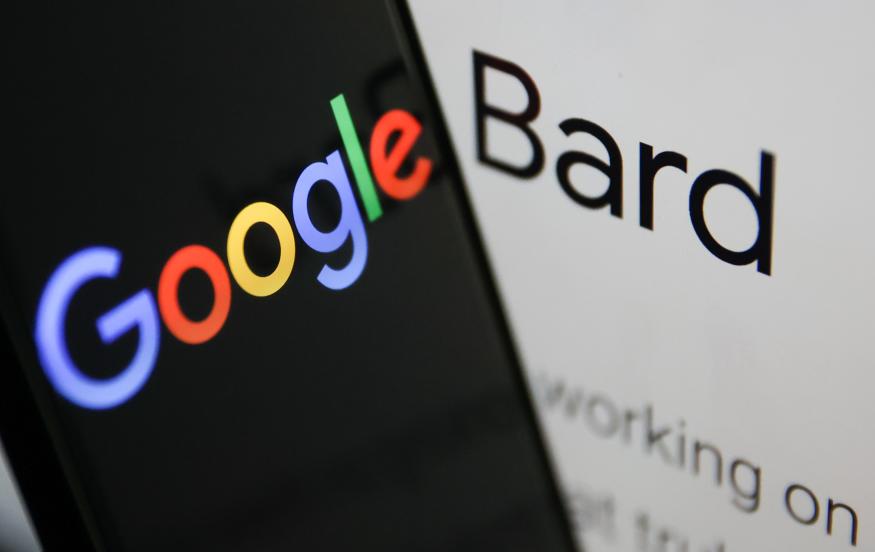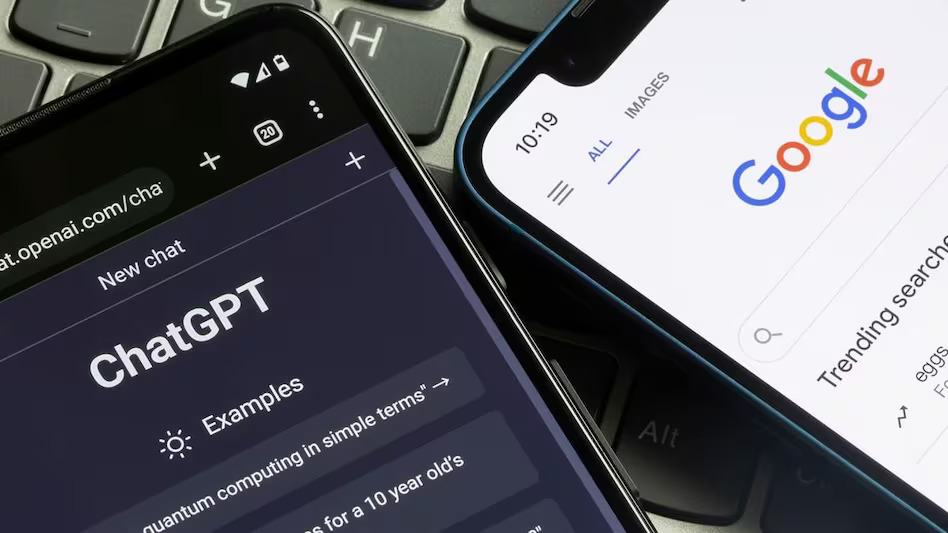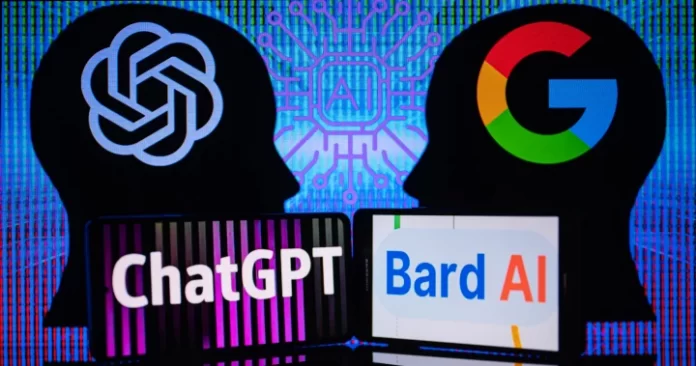Since Open Ai’s ChatGPT launch in November 2022, people are going crazy after witnessing how advanced Artificial Intelligence had become. The AI chatbot became an instant sensation over the internet as it helps the user in almost every field, from generating codes, giving useful tips and ideas to grow your business, jokes or memes, summaries of transcripts, meetings and podcasts, simple explanations of complex topics, translations, creating content for your websites, and social media you just name it, all you have to do is give your queries to the chatbot and it will provide with thousands of solutions using data from its machine learning model. However, AI experts have also warned that the information can mix up content when pulled from incorrect data sources.
OpenAI revolutionized artificial intelligence (AI), in just two months since its launch, the app gained over a whopping 100 million users, a number even TikTok (the previously fastest-growing app) took about nine months to achieve. After this huge success, Microsoft signed a multiple-year partnership with OpenAI to increase AI capabilities.
Now, to compete with it, Google has announced to launch of its own chatbot named ‘Bard.’ Right now, Bard is in its final testing phases and it is expected to get released by the end of February 2023. However, in recent news, Google has lost over $100 Billion in market value since it gave wrong information during an ad demo.
So, if you are curious what are the main differences between Open AI’s ChatGPT and Google’s bard, you have come to the right place. But before we dig into the difference the first thing we should know is:
What is ChatGPT?

Open AI’s ChatGPT is an AI-powered chatbot that uses a machine learning model to answer users’ queries in a very human-like dialogue. The application uses the GPT-3 language model, which is trained from the human-created text on the internet and uses this language model to formulate responses to user queries.
People are using ChatGPT for much AI-generated content such as:
- writing codes for websites, and applications;
- creating descriptions for their products;
- blog posting;
- creating summaries of transcripts, meetings, and podcasts;
- simple explanations of complex topics;
- law briefs;
- translations;
- jokes or memes; and
- social media posts and much more.
What is Google Bard:

If we talk about Bard; it uses Google’s Language Model for Dialogue Applications (LaMDA) and provides responses from the internet. With this language model, Bard will be able to provide the users with more details to questions asked than the typical Google search.
Bard’s main goal is to provide information in a more easy way and with more accuracy instead of a search engine results page, just like Alexa and Siri, but with links for users to gather more information. Bard will also be able to assist in completing many different tasks such as booking vacations, finding reservations, making diet plans, creating a social media calendar, etc. However, as we discussed earlier, Bard is currently in the testing phase and still needs improvements.
Main Difference Between ChatGPT and Bard:

for its responses. It has been fed with extremely large sets of data (570GB or 300 billion words) to create its knowledge base. Google Bard, however, does make use of the internet. The lightweight model which uses the LaMDA infrastructure can draw information from the internet to provide answers in human-like texts. This means Google Bard has a more up-to-date knowledge base.
- Open AI’s ChatGPT and Google Bard are very similar to each other as they both offer a very human-like response to their queries. However, the main difference between the chatbots is their data source. Since Bard is backed by Google, which has been ruling the internet for decades now and has tons of data to date, the application will get the information directly from the internet, so it will have the latest information. But ChatGPT does not use the internet for its responses. It contains extremely large sets of data (570GB or 300 billion words) to create its own knowledge base, however, the data sources end with 2021 data, so at the moment, ChatGPT is limited to newer research and information compared to Bard.
- The second main difference is that Bard uses its LaMDA for dialogue applications and was built on an open-source network to understand natural language. LaMDA is trained to find patterns in sentences and between words to create dialogue versus individual words. On the other hand, ChatGPT uses a language model called Generative Pre-Trained Transformer-3 (GPT-3) which is used to train it and feed it with large sets of data. Interestingly, the Transformer model that is the basis of ChatGPT was also developed by Google
- Bard will create more chunks of information, while ChatGPT creates content in a single text prompt.
- Right now, ChatGPT offers a ‘free’ version and a paid version called the ChatGPT plus which is available at very low prices and gives users very premium features including 24×7 availability, unlimited number of chats and requests, faster response time, and early access to new features. Anyone can sign up for the platform and use its services for their business and projects. Bard, on the other hand, is currently in the testing phase and accessible to very few. Google CEO Sundar Pichai has revealed that Bard will be made available to the general public in weeks to come and a version will also be created for businesses.

























